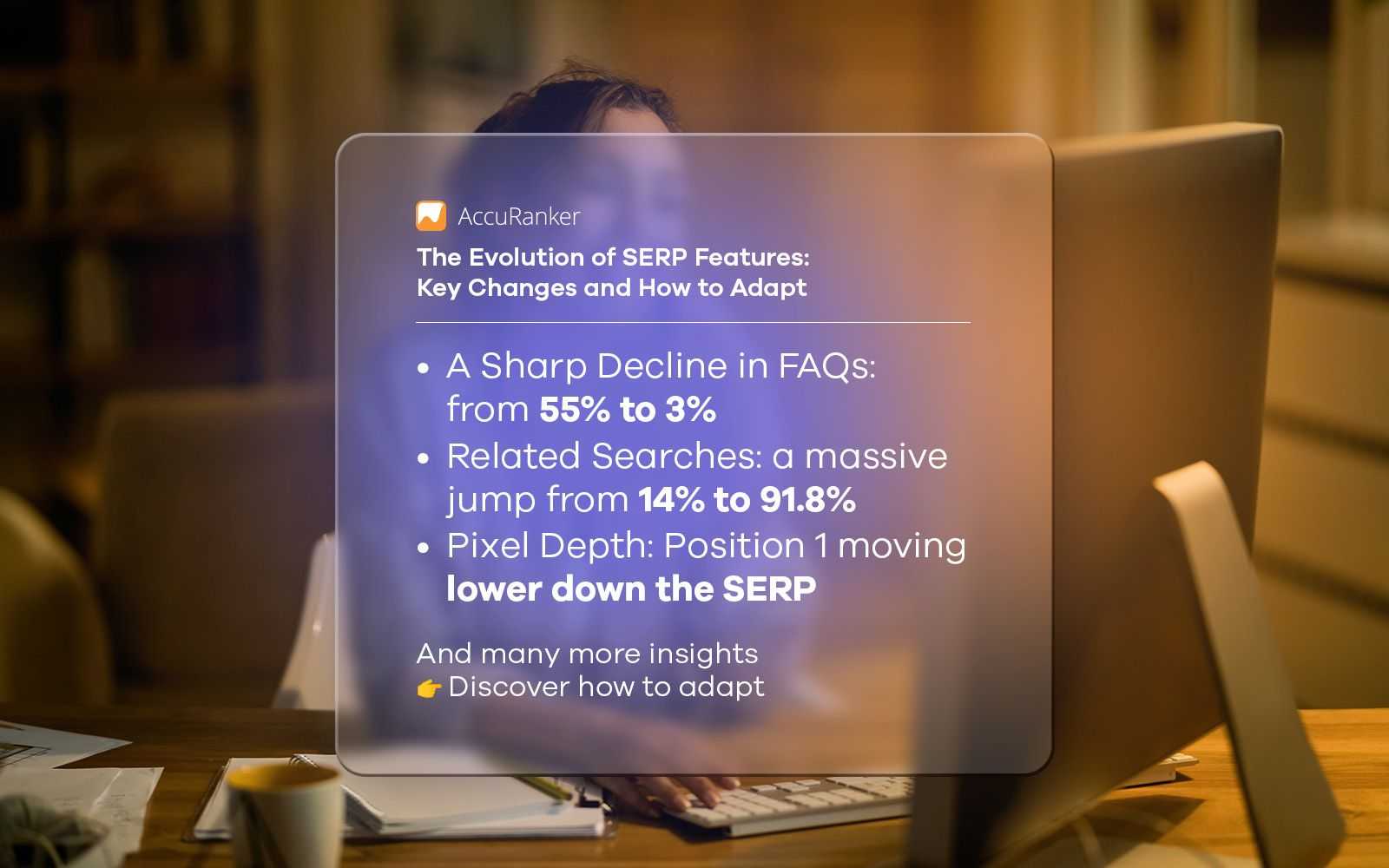10 Types Of Visuals To Use In Your Email Marketing Campaign
Last updated on Saturday, March 2, 2024
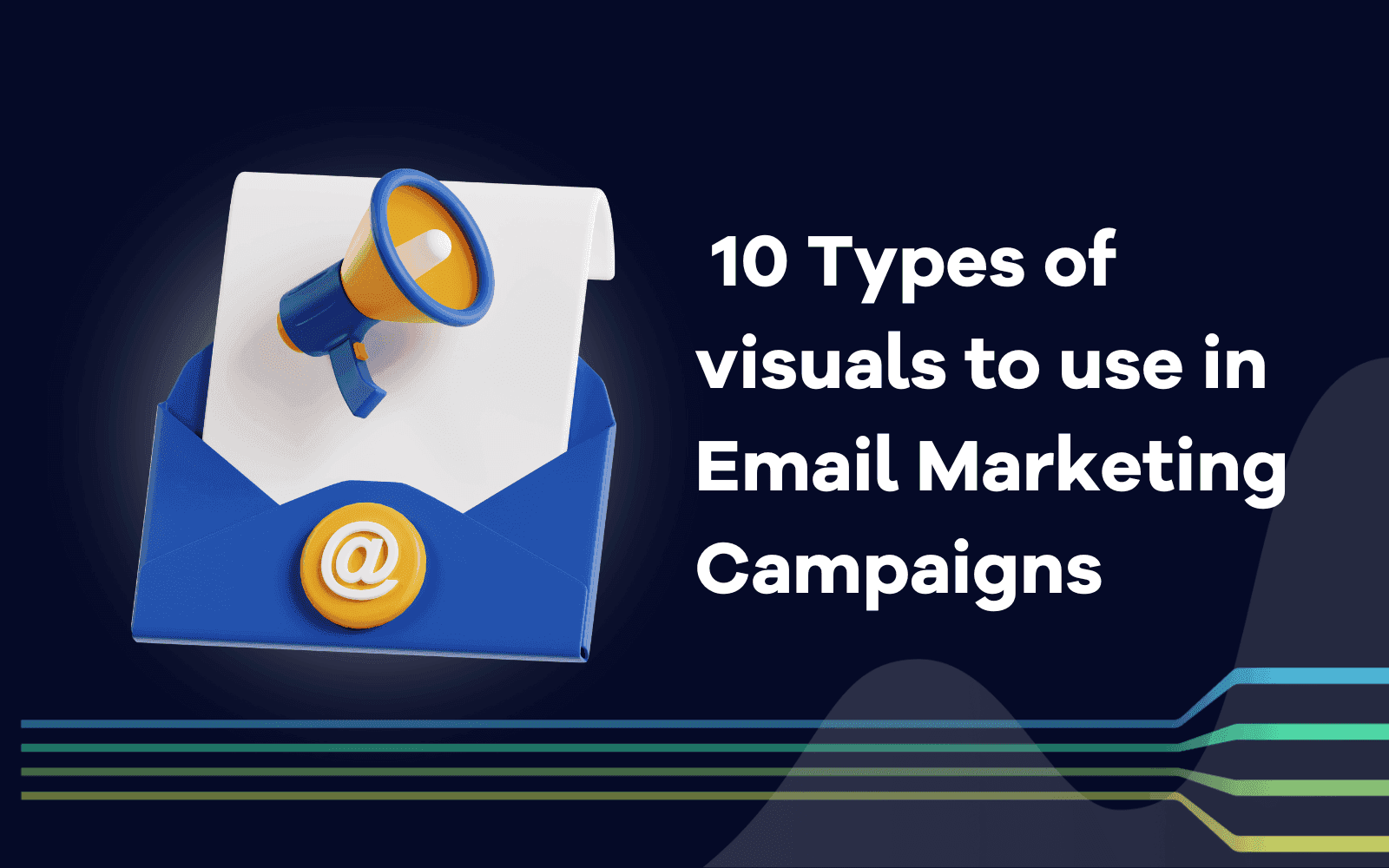
Email marketing is a digital marketing channel that involves sending targeted emails to a group of audience who subscribed to your email list. The ROI is impressive, and that's why businesses embrace it to build relationships with their target audience to have them take the desired action.
However, businesses miss out on an important ingredient of email campaigns, which is visuals.
In this guide, I shared with you 10 different types of visuals that can boost your email marketing strategies, which will, in turn lead to you making more sales.
Why do visuals matter in email marketing campaigns in 2024?
How do you perceive emails with little or no visuals?
Boring right? Skim through quickly and hit the back button.
The same goes for your subscribers when you send them emails with no visuals.
Think of visual content in emails as butter on bread. It makes it more delicious.
Your audience tends to engage your emails when they have visuals and take a desired action in this process.
They present important information in your email visually so that your audience won't miss them.
They also make your email campaign memorable, so your audience always remembers the key message.
And when I mean using visuals in emails, I don't mean fluffs. I'm talking about visuals that are visible, informative, and aligned with the campaign's goal.
Let's take a look at the 10 types of visuals you should use in your 24 email marketing campaigns.
#1. Image - Attract and retain attention
Using appropriate images will attract and retain attention and save you from using blank paragraphs of text endlessly. With HTML advanced technology, which many email marketing software have,
you can add high-quality images, format texts, change background colors, etc.
Adding a suitable image means your audience will scroll to it, and engage it to figure out the message you are trying to pass.
Think of images in email campaigns as images you post on Instagram and TikTok. Without them, your audience won't bother to check your post. They will scroll and pass as it will appear dry to them.
For example, one of the niche site bloggers I follow in one of her emails shared a photo of her sock drawer to show the human side of her.

This photo caught my attention and even made me read the email till the end to understand why she shared her sock drawer in an email that is all about growing a niche site.
Getting high-quality images that add value to your email campaign is easy. You can use your camera to capture or generate them using AI image generation tools like Jasper Art or Midjourney.
#2. Infographic - Present data and look credible
Businesses, especially SaaS brands, dedicate more effort to creating infographics. This is because it is one of the visuals that move the needle fast in email marketing campaigns. Instead of using ambiguous language to explain a concept, you can use infographics to represent them so that your audience can understand merely by looking at it.
Pictures, charts, texts, and graphs usually make up infographics that interest users. It also makes you look credible as your audience will trust you more, which helps to convince them you have the solution to their problems.
Below is an example of using infographics in an email marketing campaign: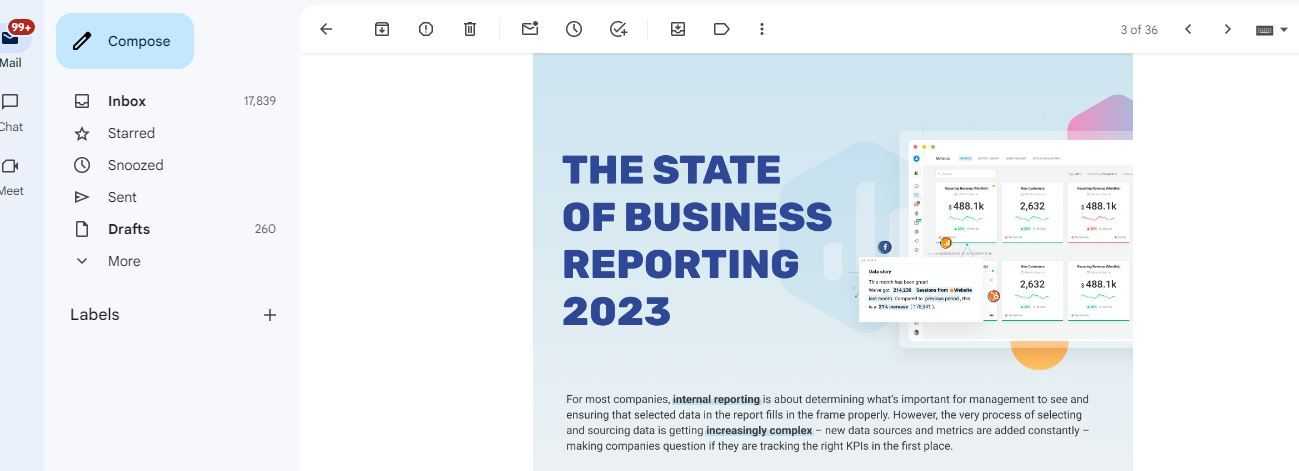
A website theme I previously used launched an email campaign to promote their latest chatbot for Instagram and Facebook. You could see how they used infographics to show how it works and the value one can derive from it.
Once you have a result of your survey, research, or study, there are pre-made templates you can edit and customize to create an infographic.
#3. Video - Boost user engagement
Video content is easier to consume, which is why videos on platforms like YouTube, Instagram, and TikTok get billions of views monthly.
To boost user engagement in your email campaign in 2024, make video one of the visuals to include in your emails.
It can be a demo video showing a striking feature of your product or a video of how your product can solve your audience's problem.
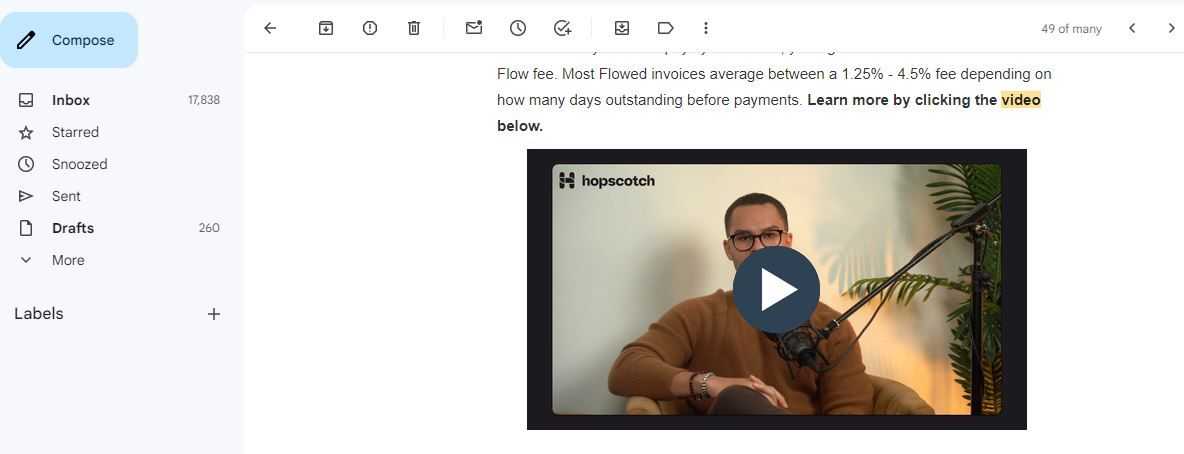
The interesting thing about adding videos to email campaigns is that it boosts the email forwarding/sharing rate. When your audience enjoys a video they watched in your email, they tend to forward or share it with their friends, just like on social media platforms.
Thankfully, many email marketing software supports the embedding of videos in emails. It can be YouTube videos or videos hosted on other platforms like Vimeo or Wistia.
I recommend YouTube videos because users are familiar with the platform and can easily engage once they see it.
Another is that you can drive traffic to your YouTube channel when you embed videos in your email campaigns. That's like using a stone to kill two birds.
#4. Illustration - Explain an important concept
Try illustrations if you think video, image, or infographics won't help explain an important concept in your email. It can be an artist's drawing, photograph, or collage to represent facts and details.
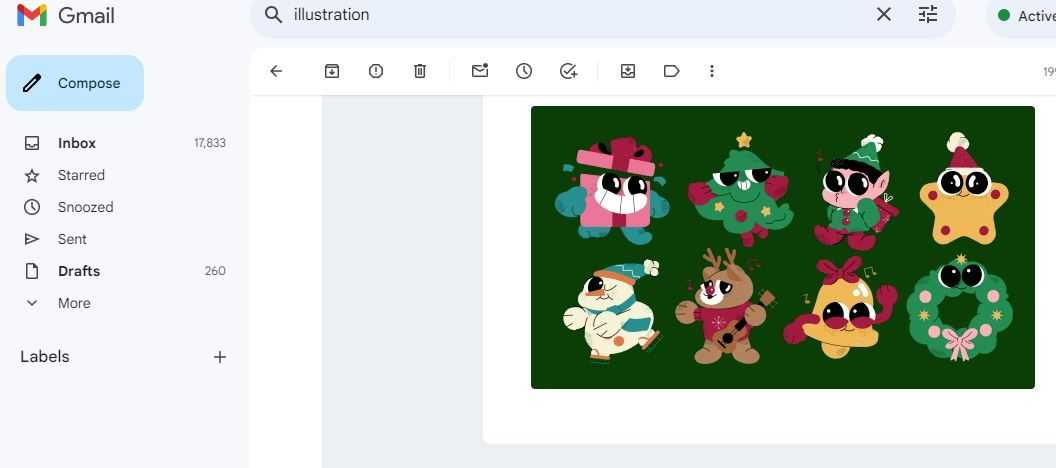
It guides your audience, especially those not enjoying reading, to take a desired action.
#5. GIFs - Add more movement
GIFs are attention-grabbing visuals. When your audience open your email and notices a movement in your visuals, they are quickly attracted to it. And it's always helpful in showing your audience the action you want them to take.
Take a look at the GIF included in the email I received from Fiverr recently:

They are on a campaign to show affiliates how to choose a plan from their restructured commission plans.
Without reading the entire email, the GIF already grabbed my action and explained the action expected of me.
On platforms like Giphy or Ezgif, you can create GIFs and embed them in your emails. Let your GIF be a small file size (under 1MB) so it won't impact email load time.
#6. Emoji - Support headlines and text
If you want to boost the CTR of your email campaigns, then emoji is a type of visual you should include in your subject line.
It complements a captivating subject line and entices your subscribers to open the email once they receive it and not wait for a later time, which may lead to them forgetting.
Think of emojis in email as parsley on top of the gravy. They help garnish an email and make it appealing to your audience.
This graphic symbol can be used to express emotions in emails, provoking your subscribers to take action urgently.
The screenshot below is a clock emoji in the email subject line one of the SEOs I follow sent to me.

You could see the subject line and emoji created a sense of urgency. The “Q + A section starts in 15 minutes,” and the emoji is for me to get ready so I won't miss it.
Add an emoji in your email subject line or any other part of the email, provided it makes sense. Email marketing platforms have it as a feature, so you have plenty of them to choose from.
Let's assume you have a gift in your email, and the goal is to have your audience open the email and claim it. You can add a gift emoji in your email subject line.
Like this:
#7. Customer testimonial - Build trust and boost conversion
Customer testimonial is a type of visual that clears the doubt potential customers have over your products and services. It builds trust and boosts conversion rate and is most useful when you are running a promotional campaign.
Use AI writer tools to craft authentic and persuasive testimonials that resonate with your audience.
Your audience is moved to take a desired action when they read how a customer derived value from your product.
Adam Enfroy, in his email campaign to make more sales from his course, included a testimonial of a customer who bought his product:
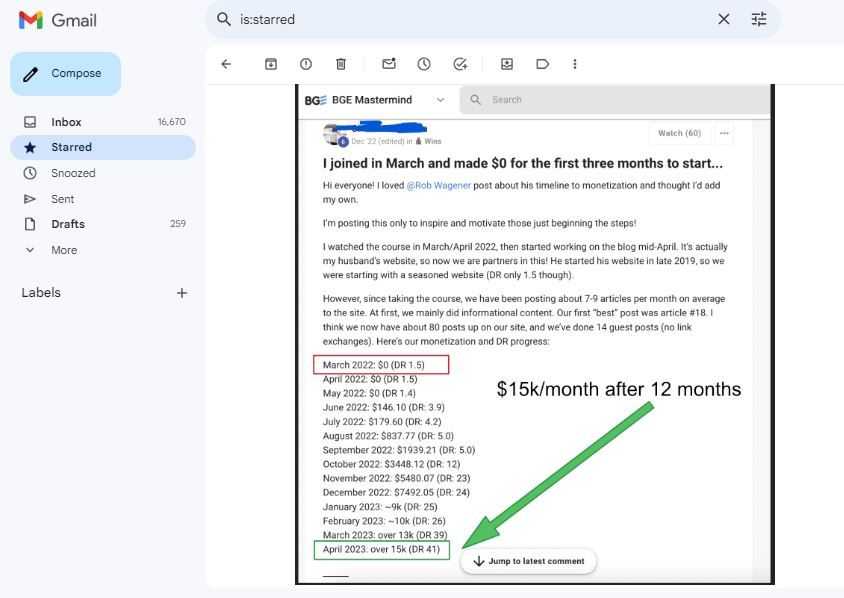
The aim here is to convince more of his audience who are interested in his course to take action.
Collecting testimonials for your email campaign is easy. Ask your customers to share honest feedback on how your product has helped them solve a problem or achieve a great result.
It can be in a private Facebook group, telegram, or even via personalized email.
Screenshot and include them in your next promotional email so they can serve as social proof.
#8. Image map - Create clickable images
Use this visual type to make your audience purchase by clicking on the product image. It's a great tool for product advertising via email, as it highlights the key benefits of the product and discounts you offer. You can even use it to produce an interactive product catalog or the location of your shop.
See an example in the email I received from Wix: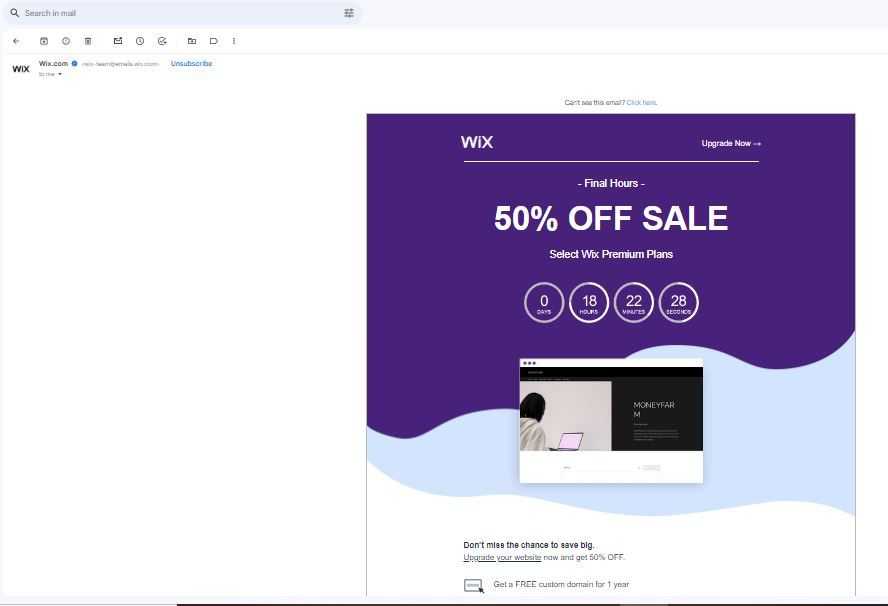
#9. User-generated content - Spread the good news from happy customers
Many email marketers overlook this type of visual. But it's a powerful way of advertising your product. Here, your audience helps spread the good news about your product, and it's up to you to include them in your email campaigns to give them a wider reach.
You can capture this type of visuals on social media platforms like Instagram and Facebook.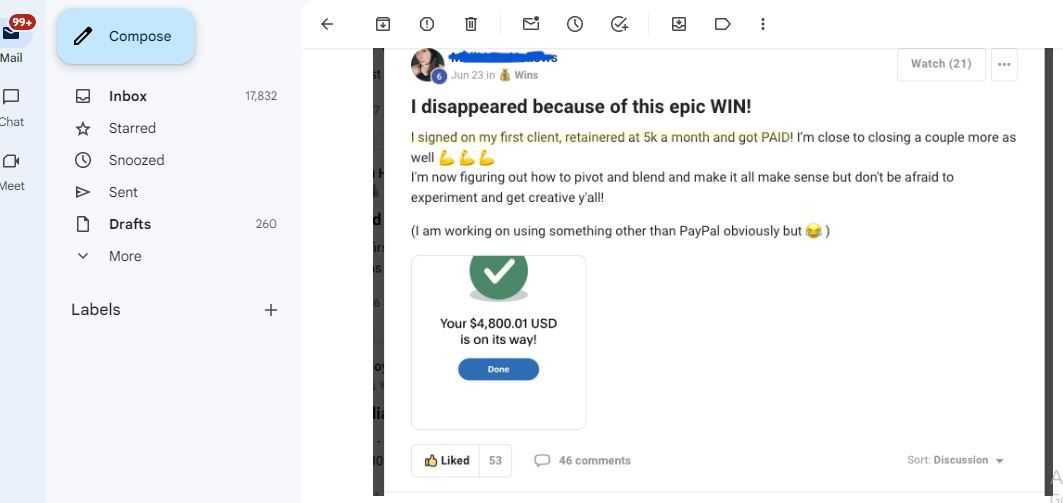
Use social media monitoring tools to keep tabs on when your brand is mentioned. Check them out to see if they are UGC that can be useful in your email campaign.
#10. Screenshots - Highlight specific advantages
Visuals for email campaigns can include a screenshot that highlights a specific advantage your product has over your competitors.
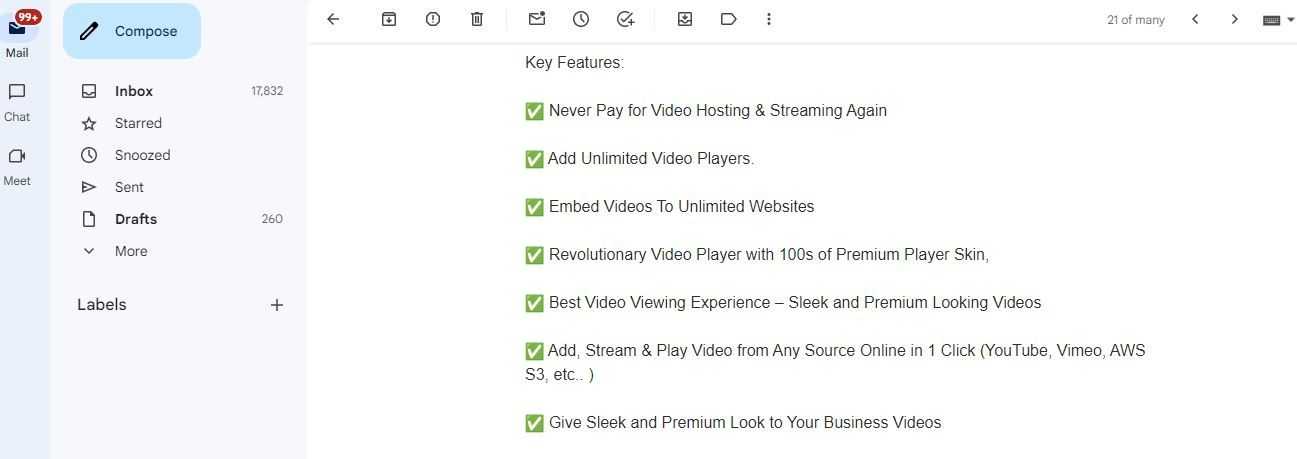
When promoting your products to your audience, remember they will compare you to your competitors. You must highlight why you're better and save your audience the stress of making a series of comparisons, which can make them switch to your competitor.
Let's assume you added a feature your competitors must add to your product. Screenshot, and add it to your email campaign where your audience can easily see and engage it.
Conclusion
Getting impressive results in your email marketing campaign in 2024 requires a rethink and implementing strategies that will make your audience view your products and services as the best solution to their problem.
It begins with understanding the type of visuals and when to use them in your email marketing campaign.
From images and infographics to screenshots, we have shown you how they help to build trust and credibility and boost conversion.

Article by:
Chuks Chukwuemeka
Freelance SEO
Chuks Chukwuemeka is a freelance SEO for SaaS brands. He loves writing articles on digital marketing and learning new things about SEO. Connect with him on LinkedIn.


